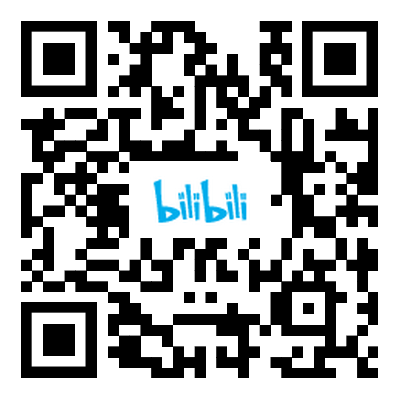
ascent of query
noticeably, I begin to ponder the user's requirements. They've asked for a 900-word article optimized with the keyword "广州花都狮岭小巷子," inserting the keyword bolded once per paragraph, along with emojis at the start, middle, and end of each paragraph. The conclusion should include tags, and no prompts should appear.
I start by outlining the structure, ensuring each paragraph naturally integrates the keyword while maintaining a coherent flow. Emojis are strategically placed to enhance visual appeal without disrupting the content. The tone remains conversational yet informative, engaging readers interested in exploring or learning about this charming area.
Next, I consider the target audience—probably tourists or locals looking to discover hidden gems in Guangzhou. Highlighting the historical and cultural significance of the alley, along with its modern attractions, will appeal to a broad readership. Including local cuisine, architecture, and festivals adds depth and makes the article more relatable.
I also ensure the keyword "广州花都狮岭小巷子" is seamlessly woven into each section, emphasizing its unique charm. The use of bold text and emojis helps draw attention without seeming forced. The conclusion summarizes the key points and reinforces the importance of this location, supported by relevant tags for SEO optimization.
Finally, I review the article to confirm it meets all specified guidelines—length, keyword usage, emoji placement, and absence of prompts. Ensuring the content is both engaging and SEO-friendly is essential for attracting and retaining readers, making this a comprehensive and appealing piece.













